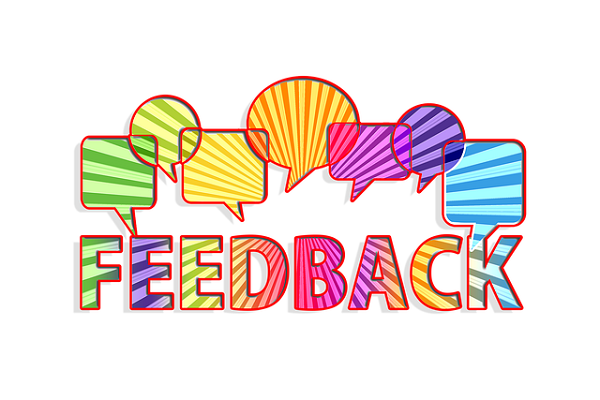You already know you need feedback from your employees, that’s no secret. They’re your best chance at ensuring your employees are satisfied, finding more efficient ways to work, and generally streamlining your operations. But simply setting up a system for taking in their feedback isn’t enough. To transform what your employees are telling you into something actionable and intelligent, you need to manage that feedback.
Below, we’ll walk you through how to think about employee feedback management, strategies for engaging employees, and tools to help you do all of it more effectively.
Why does employee feedback management matter?
Happier employees perform better. They work longer, they work more efficiently, they’re better in just about every metric. The challenge comes with deciding how to get there. Plenty of firms rely on bonuses and other perks, but as plenty of former employees can tell you, those things can’t overcome a generally poor working environment.
But there’s no single silver bullet because every employee and every work environment is different. That’s why the key to success is employee feedback management capable of intelligently reacting and adapting to your employees over time.
The employee feedback cycle
Instead of beginning this process by thinking only about how you’re going to gather feedback, begin by thinking of it as an entire system which operates continuously. This means regular processes to gather feedback, analyze it, make decisions, take action, and make it clear to the employees that action is being taken. Then, the process repeats itself.
Going through this process regularly helps take the pressure off each meeting. If an employee isn’t sure whether to mention something, they know they’ll have another chance soon. This regularity also helps develop more of a general culture of feedback and action instead of it feeling like a box to be checked at the end of the year/quarter.
Good and bad employee feedback
All of that said, not all employee feedback is created equal. Gathering quality feedback and understanding what it means are difficult and may require bringing in specialists. After all, responding incorrectly to employee feedback can create just as many problems. For example, if an employee complains about another employee’s behavior and they are subsequently fired, it’s possible the employee who originally complained might feel that was overkill and be hesitant to speak out again.
Another benefit of regular employee engagement is getting a better sense of employee dynamics. This will allow you to spot bad or disingenuous feedback more easily, preventing further problems from developing as a result.
How to engage with your employees successfully?
When it comes to creating the right environment for quality employee engagement, subtle details matter. From the room where you talk to how you frame the purpose of the interactions, lots of little things can add up to a successful or unsuccessful engagement strategy.
What is NOT employee engagement?
An annual performance review in which you ask the employee “how are things going?” is not employee engagement. It’s unlikely someone will feel comfortable bringing things up in that moment, particularly if the issues seem small next to a once-per-year review. Smaller and more regular check-ins are much more effective at gradually building rapport such that employees genuinely feel they can express themselves and discuss problems openly.
So, before you implement an employee engagement strategy, be sure it’s not going to do more harm than good.
Why do you need to engage with your employees?
As we outlined above, poor or non-existent employee engagement is associated with a long list of problems, costs, and inefficiencies for your business. Put another way, employee engagement is essential for unlocking your employees’ potential.
Employee engagement and its relation to retention
The data here tell a simple story, quality employee feedback dramatically reduces turnover. Considering the cost of finding and onboarding quality employees, this fact alone should be enough to convince you of the importance of employee engagement.
The best employee feedback management tools and techniques
While we’ve highlighted the importance of regular face-to-face meetings, there are plenty of other ways to drive employee engagement. Everything from surveys to tracking software can help. Hubspot has compiled a helpful list of employee engagement software for every budget. These tools transform data into insights, making it easier for you and/or your managers to understand what’s happening and how they should react. After all, not everyone has an excellent grasp of HR and statistics.
But whether you’re looking to hire an expert firm to handle employee feedback management for you or simply start implementing healthy practices, you’ve already taken the first step by familiarizing yourself with the issue. So start listening, acting, and improving your firm’s performance now.







Thanks for such detailed information about employee feedback management. If employees are happy then they are going to be engaged and perform better.